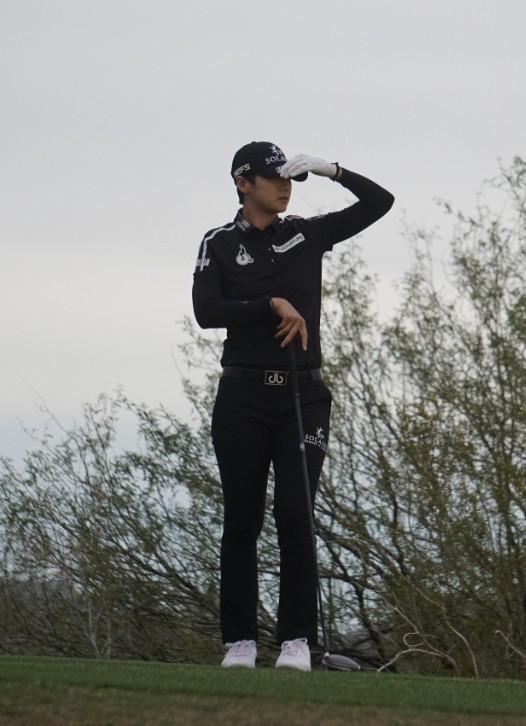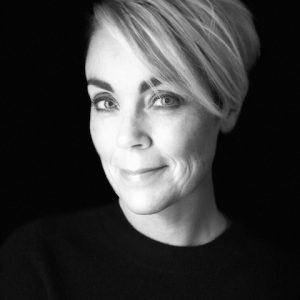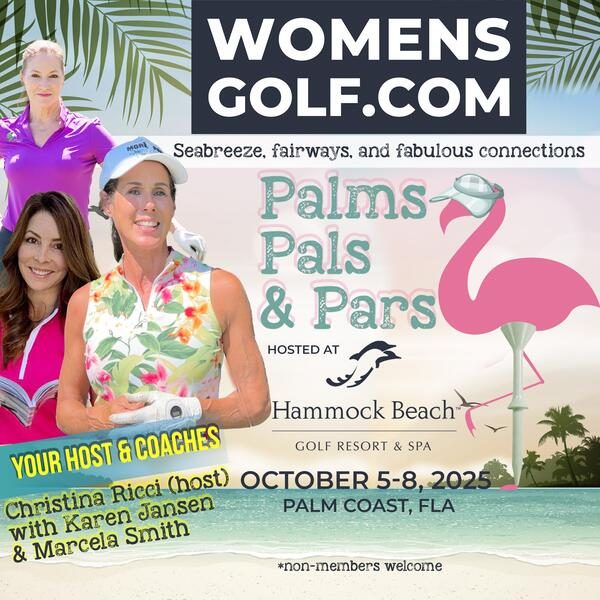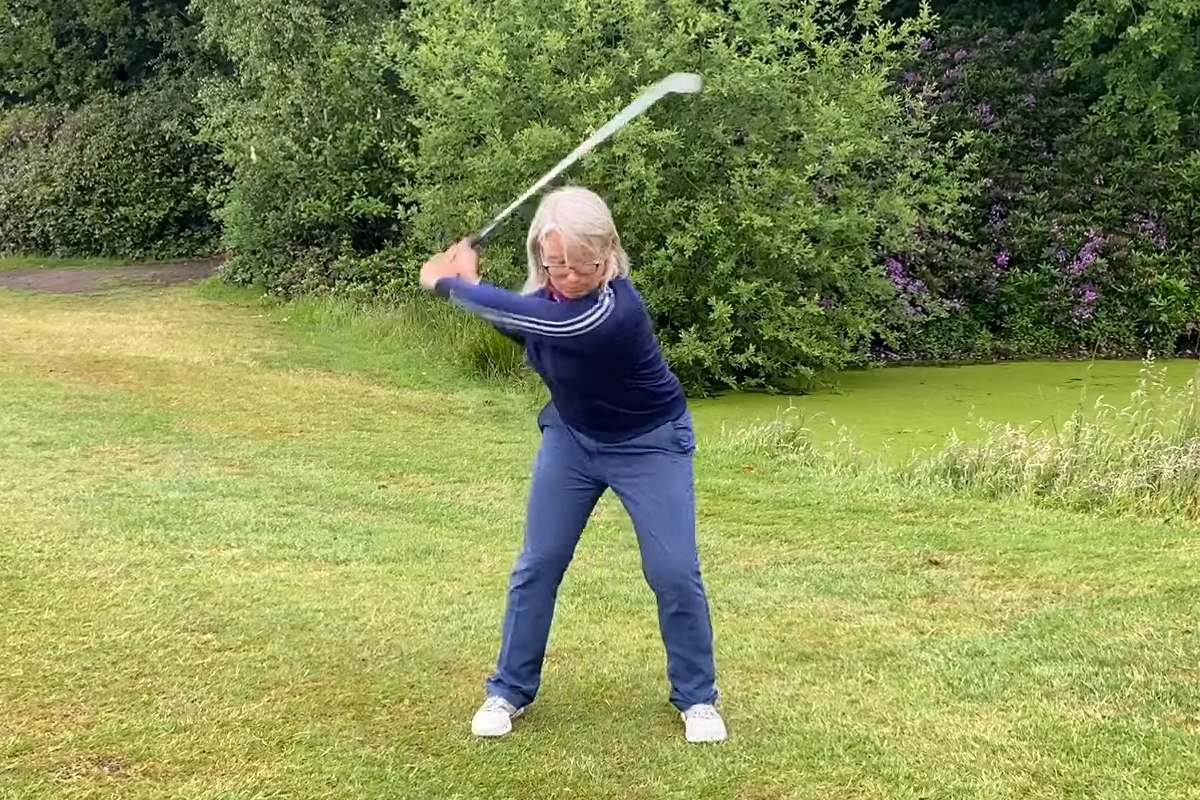As I am sure many of you do, I receive numerous emails which include upcoming events at our golf course such as tournaments, junior camps, and other golf activities. These emails are actually quite useful as they keep me apprised of what is happening and when. I received another one of these emails the other day which I eagerly opened since I sincerely appreciate the communication from the golf staff. Unfortunately, it started as many of them do: “Hello, Gentlemen.”
I have noticed this greeting many times before. While it didn’t necessarily anger me, it kept reminding me of the ingrained male-dominated culture that is still so prevalent in golf. But, this time I had to say something to the sender of that email. I know those emails aren’t devious. They are undoubtedly well-intentioned. However, the greeting wasn’t inclusive of all players. I play as many rounds as almost any other player at my course, so it just seems a little, well, disappointing. “But, it is just a word” you may say. That’s true, but words can carry tremendous weight.

Many of us have seen or heard some of the obvious sexism on golf courses or in the golf environment. It is hard to miss when a cart races to the first tee to get in front of the women “who play slow.” (By the way, studies have shown over and over women are not slower.) But, how deeply embedded, even hidden is the sexist culture in golf? How does language play a role in this culture?
Think for a moment about some of the language used around golf courses every day. Reflect on the words spoken or written which could be perceived as condescending. It is alright if it takes a few minutes to do this. Remember, sexist golf language is so deep-rooted it is hard to not see it as normal. Have you ever heard, “You gotta hit it harder than that, Alice” after a putt left short? Or, what about when your club advertises a “2-man scramble?”
The word “Ladies” can be used as a word that separates and differentiates, as well. Ladies clubs (Why don’t they sell clubs based on ability/need instead?); Ladies tees (How about tees based on ability/yardage, etc.?); Ladies Day (I actually had an older male member ask me why I was there that day because it wasn’t Tuesday, which is designated Ladies day at my club.); The Ladies Professional Golf Association; Cart Girl. The list goes on.
A study entitled, “Keeping the Score: The Hegemonic Everyday Practices in Golf” addressed this issue of everyday language and symbols used in and around golf culture. The author’s research question was “How do people in positions of power (owners, country club board of directors, course designers, etc.) reinforce or reproduce sexist discourse in golf?” The author began by addressing a few of the more blatant items such as financial backing of women’s golf and assumptions about slow play by women because they are poor golfers. The author quotes, “Language used about and by men and women has significant implications for the distribution of power in society.” These are some big-picture ideas and ones to consider.
But, have you noticed a scorecard lately?
To answer the research question, the author collected scorecards from 85 golf clubs in 12 states and analyzed the names of the tee boxes, designation of men’s or women’s tees, and indications of course rating and slope. The author wanted to see if an everyday, ordinary scorecard could have characteristics which could be problematic to everyday sexist golf culture. How could a little, innocent score card cause any trouble, I wondered. No way! Well, here are some main findings:
- Tee box names were not based on skill level but as gender codes. Some scorecards denoted “men’s tees” and “ladies’ tees” on the same scorecard. Others used the words “championship”, “regular” and” ladies” on the same scorecard.
- While the majority (66%) of the front tees were indicated with the color red, two courses used pink as their forward tee color.
- Eighty-four (84%) of scorecards calculated course slope and rating for women based on the forward or middle tees. In other words, “Women are not sanctioned to play from the back tee boxes since slopes and rating are not provided for them,” the author stated.

Sorry, girls, you aren’t supposed to play from the championship tees. And pink tees are for girls. (See my “Does golf have a pink problem?” article for more about pink.) And, you’ll need to bring your math skills when you have to recalculate your slope if you play from a tee other than the “Ladies” tee which by the way, assumes you play from the front. Don’t get me wrong. I play from the front tees. But, I equate that to my ability, not my gender.
After seeing these results, I decided to put my own club’s scorecard to the test. At the top of the card is a grouping of tee colors (gold, blue, orange, white and green) along with “Men’s Par” and “Handicap.” Following that grouping are several blank spaces dedicated for player names. Below the spaces for player names, is another grouping which includes “Family,” “Ladies’ Par,” and “Handicap.” Corresponding slope and ratings are listed, as well.
From this unscientific test, I can see tee color and gender are most certainly categorized. I see family belongs to the ladies’ category. The physical separation of men and women on the card is now painfully obvious. I truly don’t believe this was some nefarious plan to design a scorecard this way. However, I do believe long-standing norms, which include language and symbols, played a role in the design of the scorecard.
Basically, the scorecards, the 2-man scramble, emails with gentlemen greetings, and all the other deeply-seated golf language adds up to a bigger cultural picture. If true equality including pay, media time, and tee boxes based on ability is to be achieved, the language of golf must change.
I just received another email from the golf staff about an upcoming golf event. It was addressed to “Membership.” Now that is language we all can understand.
Reference
Hundley, H. (2004). Keeping the score: The hegemonic everyday practices in golf. Communication Reports, 17(1), 39 – 48.
Feature Photo: Jodi Ewart Shadoff and Hannah Green at the 2019 LPGA Founders Cup. Photographer – Ben Harpring for WomensGolf.com







